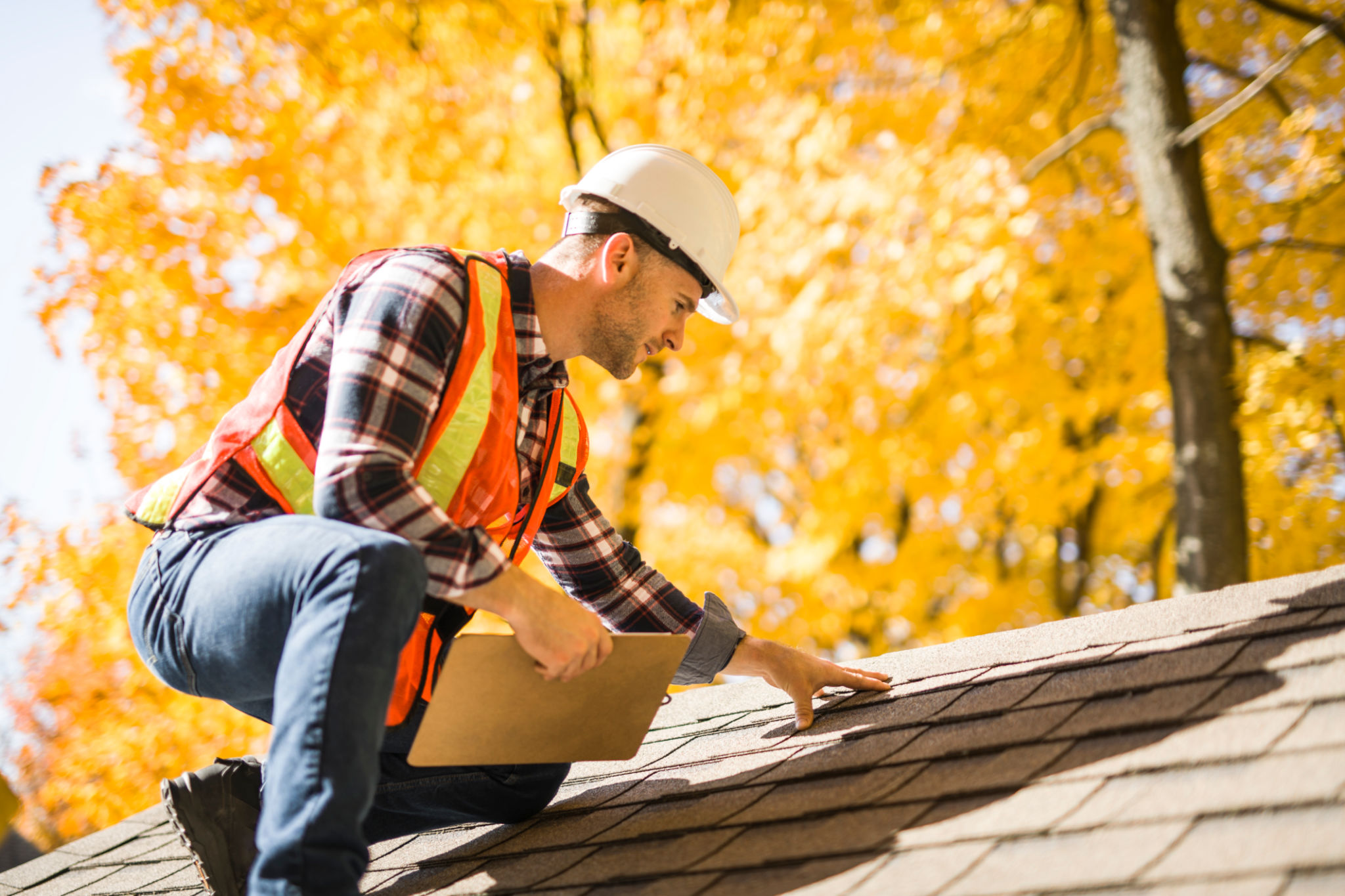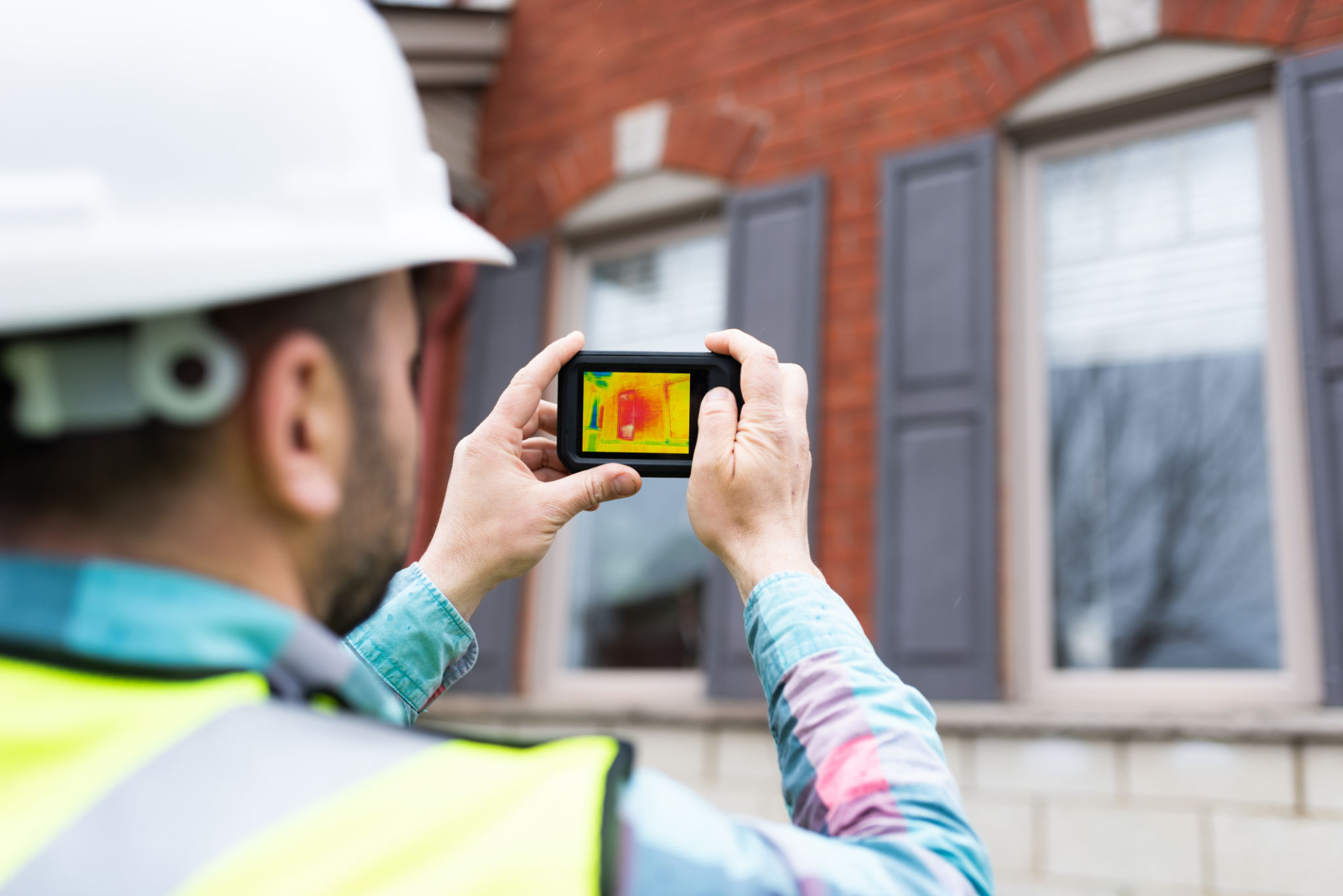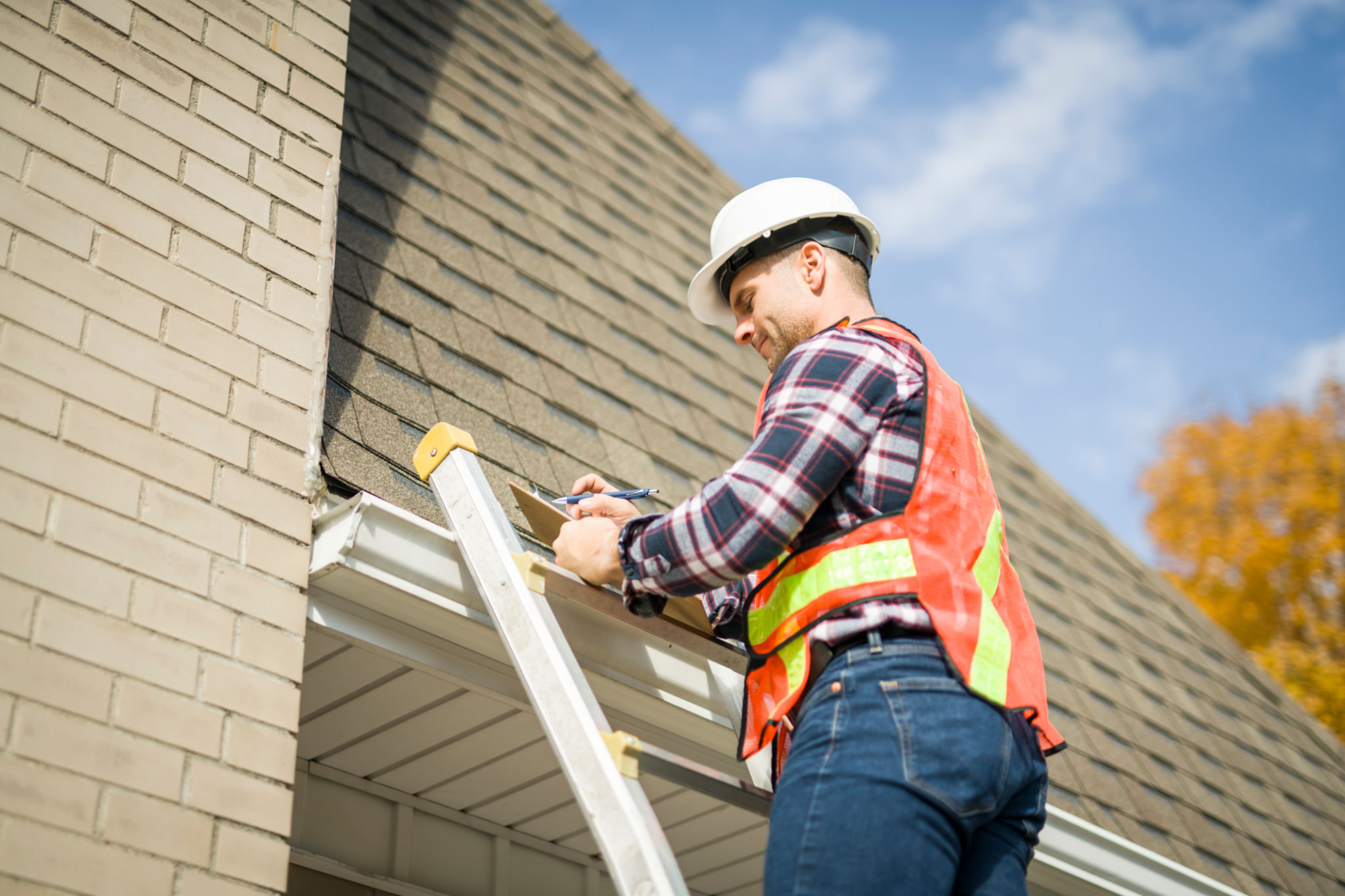Roof Inspections and Diagnostics: What to Expect and Why They Matter
Understanding Roof Inspections
Roof inspections are a crucial part of maintaining the integrity of your home. They help identify potential problems before they become major issues, saving you time and money in the long run. During a roof inspection, a professional will thoroughly assess the condition of your roof, checking for signs of damage or wear, such as missing shingles, leaks, or structural weaknesses.

The Importance of Regular Roof Inspections
Regular roof inspections are essential for extending the life of your roof. A well-maintained roof can last for decades, but neglecting inspections can lead to premature aging and costly repairs. Inspections help detect minor issues early, allowing for timely repairs that prevent further deterioration.
Moreover, regular inspections can be a requirement for maintaining warranties. Many roofing material manufacturers stipulate periodic inspections to keep warranties valid, ensuring that you're covered in case of material defects.
What to Expect During a Roof Inspection
During a typical roof inspection, the inspector will perform both an exterior and interior examination. Exterior checks include looking at the overall condition of the roof surface, checking for missing or damaged shingles, and assessing the state of gutters and downspouts. Interior inspections focus on identifying signs of water damage, mold, or leaks in the attic or ceiling.

Common Issues Detected
Roof inspections often uncover common issues such as:
- Leaks: Water infiltration can cause extensive damage if not addressed promptly.
- Poor Ventilation: Inadequate airflow can lead to moisture build-up and mold growth.
- Damaged Flashing: Flashing helps direct water away from critical areas; damaged flashing can lead to leaks.
The Role of Diagnostics in Roof Maintenance
Beyond visual inspections, diagnostics play a vital role in understanding the health of your roof. Advanced diagnostic tools such as thermal imaging can detect hidden leaks that are invisible to the naked eye. These technologies provide a deeper insight into potential issues that may require attention.

Benefits of Comprehensive Diagnostics
Comprehensive diagnostics offer several benefits:
- Accurate Problem Identification: Pinpoint exact locations of damage for targeted repairs.
- Cost-Effective Solutions: Addressing issues early prevents more expensive repairs later on.
- Peace of Mind: Knowing the state of your roof allows for informed decision-making regarding repairs or replacements.
When to Schedule a Roof Inspection
The best time to schedule a roof inspection is in the spring or fall when weather conditions are mild. It's also wise to have an inspection after severe weather events, such as storms or heavy snowfall, which can cause unexpected damage.
If you're planning to sell your home, a pre-sale inspection can reassure potential buyers about the condition of your roof, potentially increasing the value of your property.
Conclusion
A proactive approach to roof maintenance through regular inspections and diagnostics is key to preserving your home's value and safety. By understanding what to expect and recognizing the importance of these services, you can ensure your roof remains in optimal condition for years to come.
